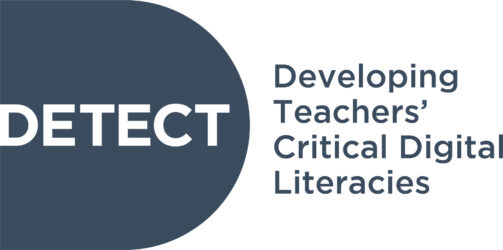In un ambiente in continua espansione di dati e informazioni, e di
agenti in grado di svolgere qualunque tipo di azioni su queste, tra
le competenze di base, essenziali per ogni aspetto della vita,
rientra la capacità di cercare, decodificare e utilizzare
consapevolmente e criticamente l’informazione.
La padronanza delle strategie di ricerca di informazione
prevedono la capacità di valutare provenienza, qualità e credibilità
delle fonti informative, e di giudicare la qualità e la completezza
delle informazioni raccolte, anche a partire dalle dinamiche
utilizzate dai motori di ricerca e da repertori di risorse.
Educazione all’informazione significa, in un senso più ampio,
comprendere le dinamiche associate alla profonda evoluzione che
ha investito l’ecosistema della produzione e della distribuzione di
informazione.
- text | video | audio | image
- video: youtube text: documents, articles image: pictures
- Html, mp4, jpeg, txt, pdf, video
- generazioni connesse
- Attribution (CC BY)
- https://www.generazioniconnesse.it/site/it/0000/00/00/vero-o-falso/

